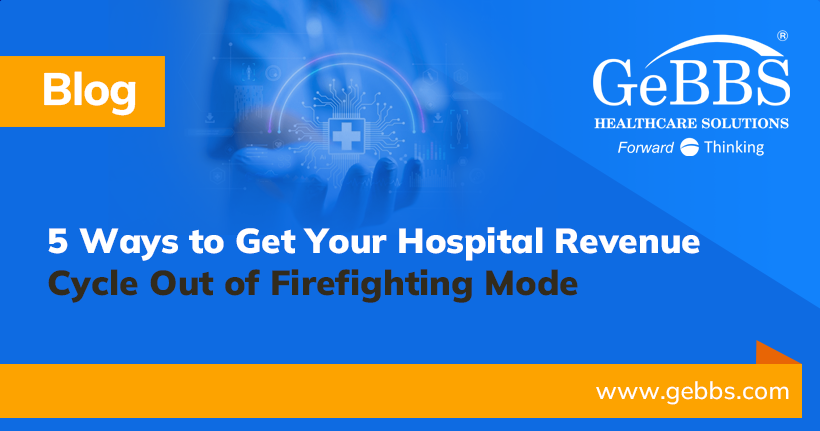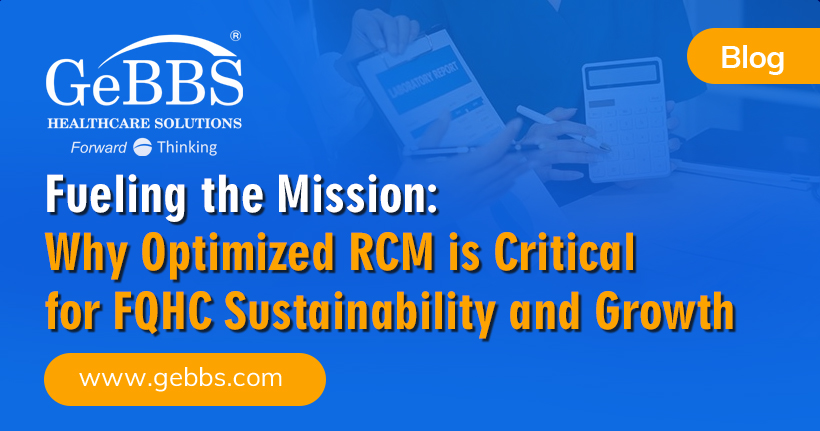As the healthcare industry embraces the latest solutions and technology, the traditional landscape of payer-provider relationships is transforming.
The days of manual spreadsheets and disconnected processes are fading, replaced by a new era in which technology bridges gaps and fosters collaboration like never before. From automation to cloud-based solutions, the integration of modern tools is not only enhancing efficiency but also reshaping the very foundation of patient care and financial management.
Read on to explore how tech-enabled strategies redefine the payer-provider partnership, creating a roadmap for a more transparent, adaptable, and effective healthcare system.
The Landscape of Payer-Provider Partnerships Today
In the ever-evolving healthcare landscape, the traditional tools for collaboration between payers and providers have become markedly insufficient. Provider-facing spreadsheets and patient-specific lists that HCPs deliver through secure emails were the communication and sharing standards. However, they’re now a manual, time-intensive, and error-prone strategy for communication. The static nature of these tools fails to foster real-time collaboration, leading to delays and miscommunication, which results in compromised patient care and financial inefficiency.
The shift towards value-based reimbursement has intensified the need for a more dynamic and integrated partnership between payers and providers. Unlike the volume-driven fee-for-service model, value-based reimbursement emphasizes quality care and better outcomes, thus requiring shared accountability and aligned incentives from providers and payers.
This transformation needs a holistic approach where both parties collaborate, share data, and make informed decisions that promote patients’ overall well-being. Static tools lack the agility and insights needed to support this collaborative model, leaving both parties struggling to adapt to the complexities of modern healthcare.
These challenges underscore the need for a transformational shift in how payers and providers collaborate. Moving away from outdated, manual processes to innovative, tech-enabled strategies is no longer an option but a necessity. Healthcare organizations must recognize the importance of seamless integration, shared goals, and efficient workflows to ensure success in an environment driven by quality, accountability, and patient-centered care.
The Role of Technology in Enhancing Collaboration
To break through the challenges of payer-provider relationships today, many HCPs are embracing technology‘s role in offering solutions. Many of the solutions today are offering an answer to the burdened healthcare industry and transforming collaboration today:
Automation
Automation is vital in optimizing workflows, reducing human errors, and enhancing efficiency. Payers and providers can streamline operations by automating repetitive tasks such as claims processing, eligibility verification, and billing. This reduces the manual, time-intensive processes that have traditionally slowed down collaboration and increases the accuracy and consistency of information sharing. Healthcare organizations can better align their efforts, decrease administrative overhead, and focus more on patient-centered care.
Data Analytics
Data analytics offers the ability to harness vast amounts of information to provide actionable insights and informed decision-making. Through predictive analytics and modeling, trend analysis, and real-time reporting, payers and providers can work together to identify areas of improvement, monitor performance, and develop strategies that enhance patient outcomes. By turning raw data into valuable insights, data analytics facilitates a shared understanding and allows both parties to proactively address challenges and seize opportunities in the ever-changing healthcare landscape.
Cloud-Based Solutions
Cloud-based solutions provide the infrastructure for seamless and secure collaboration. By leveraging the cloud, payers and providers can access and share information in real-time, from anywhere, without the constraints of traditional on-premises systems. This flexibility enhances coordination, promotes transparency, and ensures all stakeholders have the up-to-date information they need to work together effectively. Cloud-based platforms also offer scalability and adaptability, allowing healthcare organizations to grow and evolve without significant capital investments in IT infrastructure.
Integrated Electronic Health Records (EHR)
The integration of EHR across healthcare organizations is a cornerstone of modern payer-provider collaboration. With EHR, authorized stakeholders can easily access the patient information centrally stored. Providers and payers can view the same comprehensive, up-to-date patient records, ensuring that they make decisions based on accurate and complete information. Integrated EHR reduces duplicative efforts and potential errors and fosters a patient-centric approach where all parties work from a unified understanding of a patient’s health history, needs, and care plan.
Together, these tools represent a transformational shift in how payers and providers collaborate. By embracing these tools, healthcare organizations can move beyond the limitations of traditional methods and build partnerships that are more efficient, transparent, and focused on delivering high-quality patient care.
Benefits of Tech-Enabled Strategies
Tech-enabled strategies are fundamentally changing the dynamics between payers and providers, resulting in a range of benefits that affect various aspects of healthcare delivery and administration. Just a few of the benefits include:
Improved Efficiency and Cost Savings
Tech-enabled solutions automate many manual tasks that were once slow and error-prone. Through automation and integration, routing processes such as billing, claims processing, and data entry are streamlined, saving time and reducing costs. Enhanced efficiency allows healthcare organizations to reallocate resources to more strategic areas, and by minimizing human errors, tech-enabled strategies substantially cut down on the financial losses tied to mistakes and redundancies.
Enhanced Patient Satisfaction and Engagement
Technology creates opportunities for better patient-centric approaches by providing them with tools like patient portals and mobile applications that allow access to their health information. By giving patients more control and insight into their care, healthcare organizations foster a more personalized experience and enable individuals to communicate with providers and payers. This empowerment fosters greater patient satisfaction as patients feel more in control of their healthcare journey, leading to better adherence to treatment plans and overall patient outcomes.
Reduced Staff Burnout and Errors
Tech-enabled solutions relieve staff from the burdensome administrative tasks that often lead to burnout and dissatisfaction. Whether it’s incorrect billing, miscommunication, or delays in processing, these errors can be costly and time-consuming to rectify. Tech-enabled solutions minimize these issues and enhance the accuracy of information exchange between payers and providers, leading to better decision-making and less rework. This is especially helpful as payer denials continue to rise, allowing providers to reduce denials due to errors.
Scalability and Adaptability
Healthcare organizations operate in a complex and rapidly changing environment. Tech-enabled strategies provide the flexibility and scalability needed to adapt to these changes. Cloud-based solutions and modular architectures mean organizations can expand or modify their systems without massive capital expenditures. This ability to scale and adjust ensures that payers and providers stay agile, meet regulatory demands, and continue to innovate in response to industry trends and patient needs.
Increased Payer and Provider Transparency
Transparency between payers and providers is essential for collaborative care, and tech-enabled strategies facilitate this by providing a unified view of patient information. Integrated EHR, data analytics, and shared platforms allow all stakeholders to access the same up-to-date information, promoting clear communication and aligned decision-making. This increased transparency enhances collaboration and builds trust as both parties work from a shared understanding of goals, performance, and patient needs.
Enhance Your Payer-Provider Partnerships With Digital Transformation
Tech-enabled strategies are reshaping the payer-provider relationship by offering more efficient, patient-centric, error-dree, and adaptable solutions. These technological advancements break down traditional barriers, fostering collaboration that aligns with the modern healthcare paradigm focused on value, transparency, and patient engagement.
If you want to enhance your payer collaboration and improve efficiency, we can help. Embrace the future of healthcare collaboration with GeBBS Healthcare Solutions’ cutting-edge tech-enabled revenue cycle management and risk adjustment products, designed to unify payers and providers for more efficient, transparent, patient-centered care. Contact us today at gebbs.com to learn more!
GeBBS has won numerous accolades for its medical coding outsourcing and medical billing outsourcing, including being ranked in Modern Healthcare’s Top 3 Largest RCM Firms, Black Book Market Research’s Top 20 RCM Outsourcing Services, and Inc. 5000’s fastest growing private companies in the U.S.






